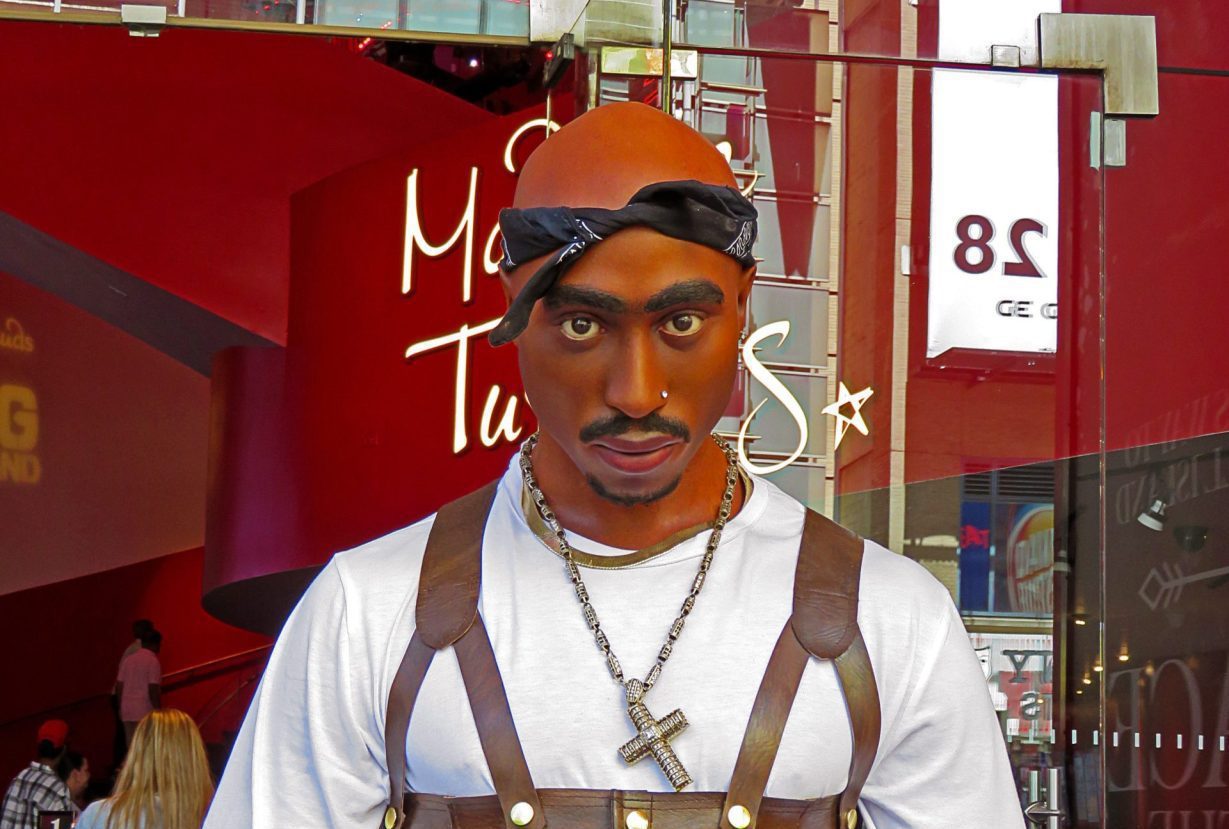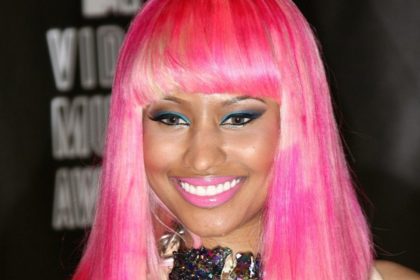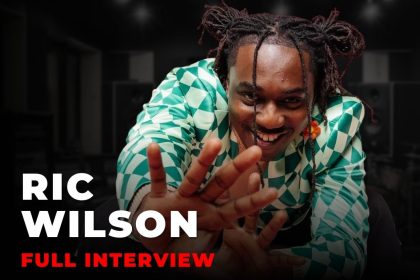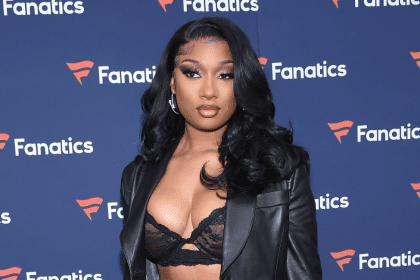Who would have thought that a ring created by Tupac Shakur in 1996 would become a source of deep contention nearly three decades later? The iconic piece, known as the crown ring, has recently resurfaced in the hip-hop community, sparking a heated debate between Drake and Kendrick Lamar.
The origin of Tupac’s crown ring
The crown ring was crafted to commemorate a pivotal moment in Tupac’s career following his release from prison and the establishment of his company, Euphanasia Incorporated. Tupac entrusted Yaasmyn Fula, his godmother and a key advisor, with the ring’s creation. Collaborating with jewelers in New York, Fula ensured that the ring perfectly embodied Tupac’s vision, reflecting his affinity for Niccolo Machiavelli’s The Prince and symbolizing a self-coronation akin to the medieval kings of Europe.
The design and symbolism
The ring’s design is intricate and rich with symbolism. It features a diamond-encrusted gold band topped with a gold circlet studded with a central cabochon ruby flanked by pavé-cut diamonds. The crown itself includes 16 descending spikes, with the tallest five topped with round cabochon rubies. This design not only reflects traditional European coronation elements but also Tupac’s celebration of survival through a challenging year.
Drake’s acquisition and the ensuing controversy
In July 2023, the ring was auctioned and purchased by Drake for over $1 million, far exceeding the presale estimate of $300,000. Drake’s public display of the ring sparked a response from Kendrick Lamar, urging him to respect Tupac’s legacy and suggesting the ring’s return. The dispute has since captivated the hip-hop community, raising questions about cultural heritage and respect among artists.
The crown ring remains a potent symbol of Tupac’s legacy and influence in the hip-hop world. While it’s unlikely that Drake will relinquish the ring, the ongoing debate underscores the deep reverence and emotional connections many still hold for Tupac Shakur years after his death. As the conversation continues, it serves as a reminder of the power of symbols in music and culture.














